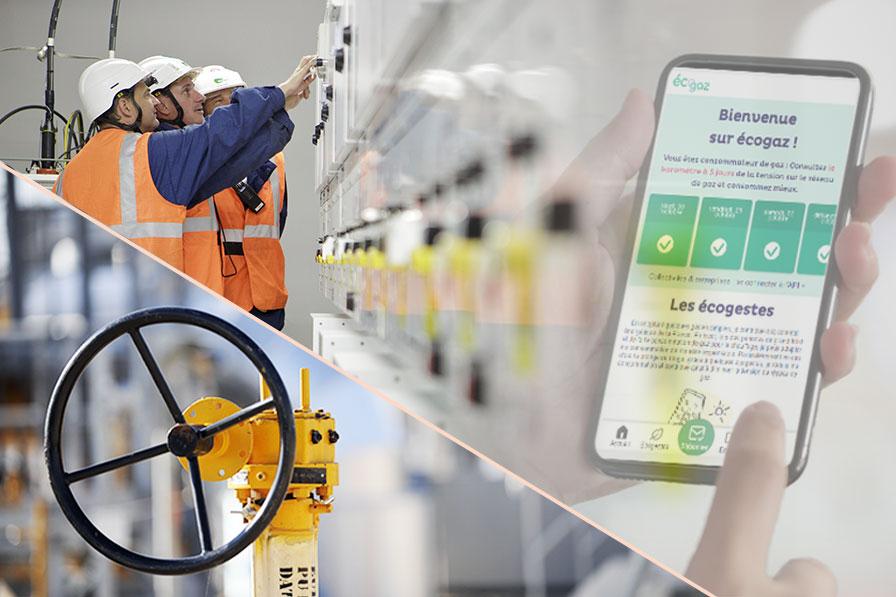A French gas system that is more resilient as we head into winter 2023 – 2024

Today, GRTgaz, the leading gas distributor in France and Teréga, the long-time storage and distribution operator in south-western France, presented its forecasts for the French gas system for winter 2023 – 2024. The analyses show that this year, the French network has enough capacity to meet consumption and export requirements, even if the winter proves cold. That said, balancing the system will still require sustained LNG imports, cautious management of storage capacity and continued careful use of existing gas supplies, as was the case last winter. The Ecogaz scheme is being kept so that both domestic and professional consumers can continue to keep an eye on their consumption should the network be subject to any pressures.
Gas supply forecast for winter 2023-2024 in France
The various scenarios show that the French gas system will be able to supply consumers and send gas to neighbouring countries, no matter how cold the winter proves.
The scenarios factor in the significant storage levels that have been reached (currently 95% of total capacity) and assume that the Havre FSRU will be brought into commercial service in mid-October 2023. They also assume that consumption levels will remain comparable with those of winter 2022-2023, that people will still use gas carefully and that sustained LNG imports from Spain via the Pirineos onshore interconnection point will continue.
The safety margin is still thin in the event of a cold snap in the second part of the winter which is when ad hoc deficits might hit the network, particularly if too much pressure ends up being put on storage capacity at the start of the winter.
A bolstered european gas system
Across-the-board, the European gas system has succeeded in adapting so as to guarantee security of supply as part of a new “West to East” flow pattern. Between winter 2021-22 and winter 2022-23, there was a 75% fall in imports of Russian gas (taking all gas pipeline and LNG sources together). Flows from the East, via gas pipeline from Russia, were reduced even more drastically – by 86%. This was offset in the West by increased inputs of liquefied natural gas (LNG). To enable the flows to be reversed in this way, nine new entry points were created in Europe, enabled by the rapid development of floating storage regasification units (FSRU). As of the end of September 2023, LNG regasification capacity in Europe was 22% higher than in 2021.
In France, the Havre floating storage regasification unit is set to come into service soon and will have a capacity of some 22 TWh during the gas winter. That's a 12% increase in French regasification capacity, and the input capacities in Pirineos have increased by 40 GWh/d, so that additional volume of up to 6 TWh can be supplied over the winter.